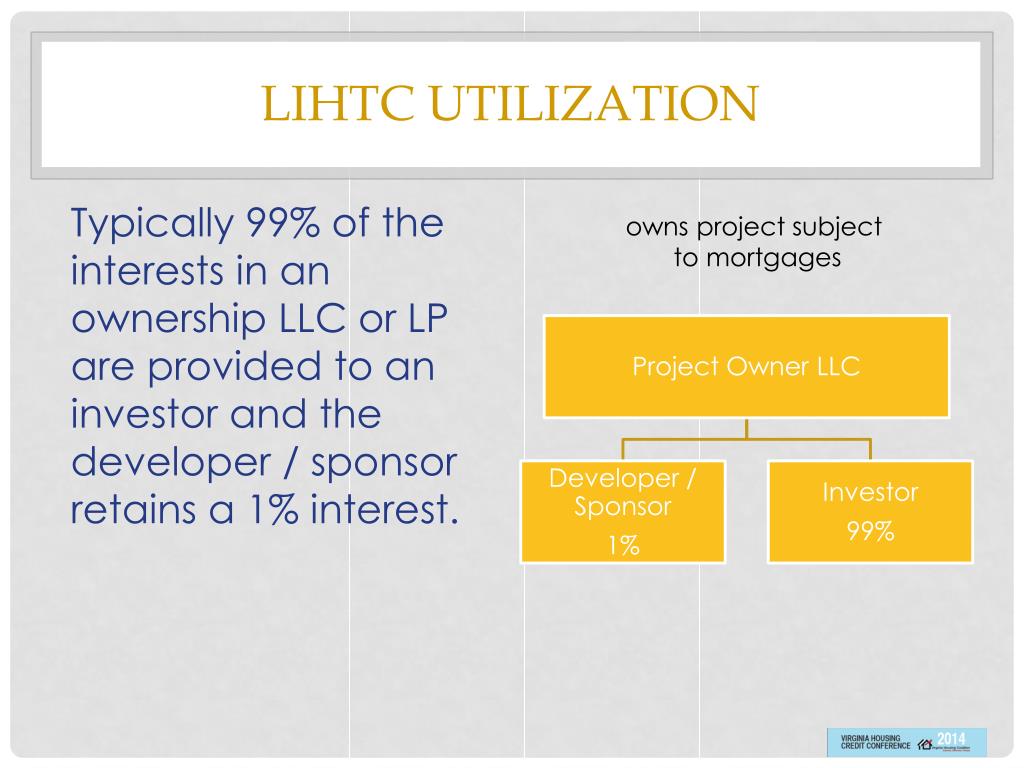Blended Occupancy Rental Properties

Blended Occupancy Rental Properties
Understanding the concept of blended occupancy or mixed-finance housing can be critical for property managers. The mixed housing program is usually found in urban areas and provides various benefits to those who qualify.
Different types of properties can come under the category of blended occupancy. Still, they all have one common goal: to help people who may not be able to afford market-rate housing have a chance to live in safe, decent, and affordable housing.
To have a firmer grasp of the topic, we created this blog to help you understand everything there is to know about managing a property with a blended occupancy.
What Is Blended Occupancy?
In the simplest of terms, blended occupancy is a type of housing created when two or more financing sources are used to create one project. Simple to understand, but there's a lot to unpack here legally.
The regulations involved in Blended Occupancy are compiled in a handbook released by the U.S. Department of Housing and Urban Development, called the HUD 4350.3 Occupancy Handbook.
Blended occupancy is a complicated topic encompassing multiple facets of the mixed-finance housing program. It's critical to understand what these different factors are to gain a basic understanding of this complex concept.
Definition of Terms
Here are some definitions you’ll need to familiarize yourself with before moving on:
Blended Occupancy Specialist
A Blended Occupancy Specialist (BOS) is a housing professional knowledgeable about the regulations and procedures associated with mixed-finance housing or blended occupancy. They are specially trained to help property managers comply with these rules.

A BOS ensures that all rules between the different house financing programs don't overlap and that each program's goals are met. They also ensure that the housing meets all quality standards and legal compliances.
HOME
HOME Investment Partnerships Program, or simply HOME, is a federal assistance program provided by the U.S. Department of Housing and Urban Development (HUD). This program aims to provide affordable housing opportunities to low and moderate-income families.
HOME funds can finance the acquisition, rehabilitation, or new housing construction for low and extremely low-income households. Borrowers can also use it to provide rent subsidies, down payment assistance, and other forms of homebuyer assistance.
LIHTC
The Low-Income Housing Tax Credit (LIHTC) is a federal tax credit program that encourages developers to create and rehabilitate affordable rental housing for low and moderate-income households.
This low tax credit housing program works by giving tax credits to developers of qualified rental housing projects. Creditors can sell these tax credits to private investors to raise capital for the development or rehabilitation of the property. Investors can claim the LIHTC over ten years once the establishment is active.
Project-Based Rental Assistance (PBRA)
PBRA is a housing assistance program that provides subsidies to eligible tenants renting units in specific housing developments. With this program, private owners are contracted to rent some or all of the units in their developments to low-income families.
Project-Based Vouchers (PBV)PBVs are HYPERLINK "https://housingconnect.org/programs/project-based-vouchers/" \l ":~:text=The project-based voucher (PBV) program is one part,unit in which you live."affordable housing vouchers that help pay rent in privately-owned rental units. PBV is a component of the Housing Choice Vouchers (HCV) program. PBVs are attached to a specific housing unit and can be used to finance the acquisition, rehabilitation, or new construction of units for low-income families.
Public Housing
Public housing is a type of affordable housing owned and operated by state or local governments. Public housing developments are usually built and managed by public housing authorities (PHAs).
What Are apartments of This Setup?
All affordable housing programs have specific rules, regulations, and requirements. By consolidating multiple programs into one development, property managers can take advantage of the benefits of each program while still complying with the rules.
Best of many worlds: By taking advantage of the benefits of each program, property managers can provide a higher quality of housing at a lower cost.
Increased flexibility in design and unit mix: By consolidating multiple programs into one development, property managers have more flexibility in the design and unit mix of the development. This can help create a development that is responsive to the community's needs.
More efficient use of subsidies: Property managers can streamline their operations by combining several programs into one development. This can free up funds that can be used for other purposes, such as increasing the number of units available or providing additional services to residents.
Ability to serve a broader range of incomes and family types: By consolidating multiple programs into one development, property managers can help a broader range of incomes and family types. This can pave the way to a more diverse and inclusive community.
How Blended Occupancy Differs From Other LIHTC-Type Programs
As mentioned above, utilizing blended compliance in LIHTC development and other programs allow property managers to take advantage of the benefits of each program while still complying with the rules.
In contrast, LIHTC-type programs can only take advantage of their benefits. For example, a property manager who only utilizes the LIHTC program would not be able to use PBRA or PBV.
Despite the extensive list of advantages blended occupancy presents, it's also prone to many disadvantages. Not all affordable housing programs mix together, which can often lead to a conflict of interest and/or compliance issues.
Looking for Blended Occupancy Property Management Software That Doesn't Lock You Down?ExactEstate is the option you've been searching for! Our software is one that doesn't lock you down and/or force workarounds to accomplish your day-to-day tasks. ExactEstate provides all the tools needed for blended occupancy compliance, but we let you run the show and be your own BOS.
Contact us today for a free demo, we will show you blended occupancy software the way it is supposed to be!
